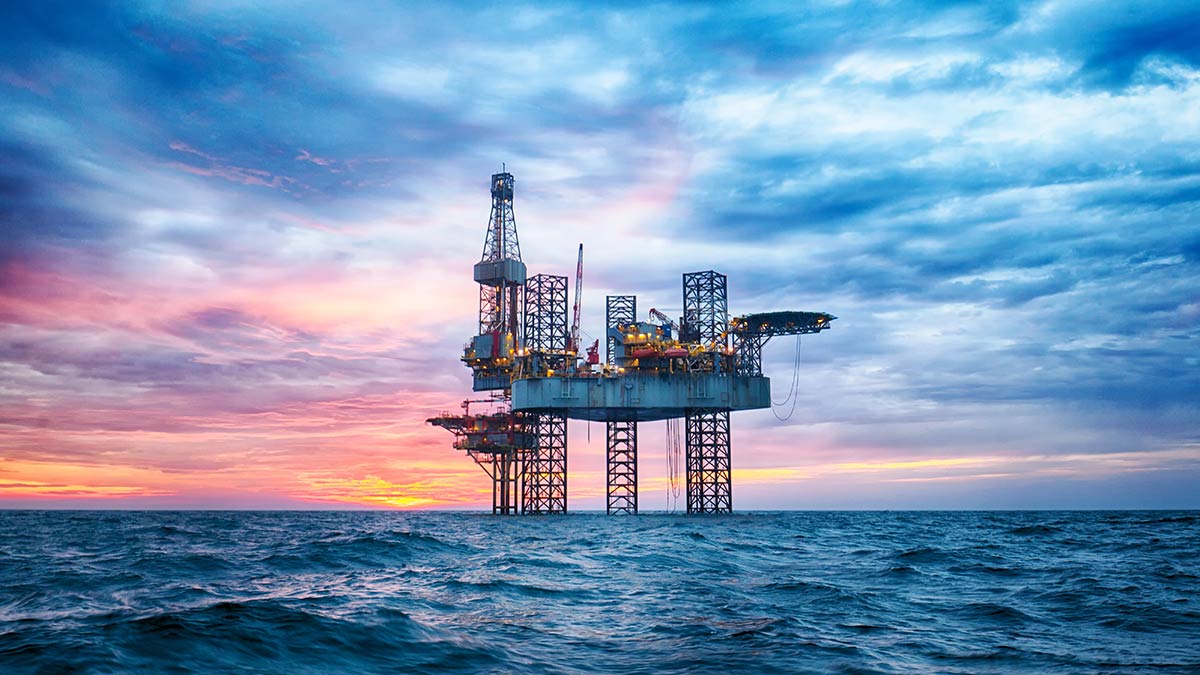What impact does Equinor’s withdrawal from Australia have on frontier oil exploration?
Energy
Energy
Environmental groups have been quick to claim victory after Norwegian oil company Equinor decided to pull out of oil exploration in the Great Australian Bight.
While the environment undoubtably played a role in the decision, there are other reasons that could have significant implications for the oil and gas sector.
Equinor has stated that it pulled out of the Bight for commercial reasons.
The company said that following a holistic review, it found that the plan to drill in the Ceduna sub-basin was not commercially competitive compared with other exploration opportunities.
It maintained that the decision was not due to environmental reasons, noting that its environment plan was approved by the Australian government.
Australian Minister for Resources, Water and Northern Australia Keith Pitt reiterated that the Norwegian company’s decision was due to commercial reasons and that any further proposals for oil and gas exploration in the Bight would be assessed fairly and independently.
EnergyQuest chief executive officer Dr Graeme Bethune told Stockhead that oil and gas companies had become more risk adverse due to sustained low oil prices.
“I think there has been a pullback in exploration investment from high-risk frontier plays and the Great Australian Bight is certainly one of those with pretty high costs and geological risk,” he explained.
“The peak of the interest in the Bight was when oil prices were much higher, but since 2014 they have come off even though costs have come off to some extent as well.”
Bethune noted that in contrast, Equinor seemed to be progressing with its interest in the Vaca Muerta project in Argentina.
Vaca Muerta is a shale play that is analogous with the best onshore plays in the US and likely presents a much lower risk than trying to drill in the Great Australian Bight.
More broadly, Bethune noted that Equinor’s pullout was symptomatic of reduced appetite for frontier oil exploration, which could impact on reserves replacement.
Oil and gas expenditure has also declined, with the Institute for Energy Economics and Financial Analysis (IEEFA) calculating that the five supermajors – ExxonMobil, Shell, Chevron, Total and BP – spent a total of $US88.7bn ($135.5bn) on capital projects in 2019, down nearly 50 per cent from the $US165.9bn they spent in 2013.
That is not to say that Equinor’s decision was purely commercial.
The company has set a target of reducing its net carbon intensity by at least 50 per cent by 2050, which reflects general attitudes in Europe.
“Equinor is one that is particularly aligned with the general European thrust about reducing their own emissions, not only Scope 1 and Scope 2, but also Scope 3 as well,” Bethune noted.
“That is probably reducing their thirst for oil exploration and more on gas and renewables.”
Bethune added that while it was hard to gauge how much influence the various environmental activist groups had compared to other considerations such as the oil price and costs, there was certainly some impact.
However, upstream oil and gas industry body the Australian Petroleum Production & Exploration Association (APPEA) said that activists had deliberately overstated the risks and ignored the potential benefits of exploration activity.
“Of course, any exploration and development have to be done in an environmentally safe manner. We have to make sure there’s no negative impact on existing industries or coastal communities – and the industry remains committed to that,” APPEA’s director South Australia Matthew Doman said.

That is not to say that investment in frontier oil and gas exploration will fade completely.
APPEA noted that even with the changing energy mix, all credible analysis shows that a lot of oil and gas will still be required for decades to come.
“Locations where some of the risk has been de-risked will still draw investment,” Bethune added.
This includes the Bedout sub-basin in Australia’s North West Shelf where the Dorado discovery made by Santos (ASX:STO) and Carnarvon Petroleum (ASX:CVN) in a previously underexplored region has revived interest in the area.
“They are less risky and cheaper and Australian companies like Santos and much smaller companies like Carnarvon Petroleum are able to explore there within their financial means,“ Bethune concluded.
Certainly companies such as Cue Energy (ASX:CUE), which is participating in the Ironbark-1 exploration well that will be drilled in late 2020, 3D Oil (ASX:TDO), Melbana Energy (ASX:MAY) and Octanex (ASX:OXX) are still progressing plans in this region.
READ MORE:
Competition watchdog says Australia needs more gas because prices are still too high
Global glut great for Australia’s gas guzzling corporate guilds